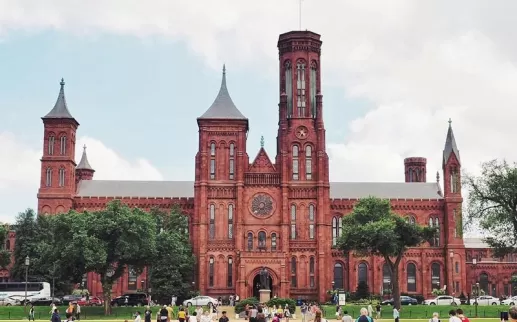As Canada approaches its upcoming elections, the political environment is more tumultuous than ever. Recent developments have transformed a once predictable path for the Conservative Party into a complicated battleground influenced by both domestic changes and foreign pressures.
Heading into the year 2025, forecasts suggested a strong comeback for the Conservative Party, poised to reclaim power from the long-standing Liberal governance. However, the resignation of Prime Minister Justin Trudeau has jolted the political status quo, prompting a re-evaluation of party support. Concurrently, the shadow of President Trump’s aggressive trade strategies looms large over the campaign landscape, complicating matters for candidates, especially as his administration imposes restrictive tariffs on Canadian imports.
Trump's tariffs represent a substantial threat to Canada's economy, particularly as he proposed significant levies on essential sectors—automobiles, aluminum, and steel. The automotive industry, a vital component of Canada’s exports to the U.S., faces a 25 percent tariff for both finished cars and auto parts in the wake of the U.S.-Mexico-Canada Agreement. With such tariffs set to go into effect imminently, they are tipping the scales in favor of reevaluating not just economic priorities, but also political allegiances.
In response, Canada has retaliated, imposing its own tariffs on U.S. goods aimed at diminishing the impact of Trump's measures. Newly elected Prime Minister Mark Carney has further introduced additional tariffs, hoping to cushion the economic blow and generate significant revenue from U.S. imports. This back-and-forth over tariffs is starting to become a central issue among voters, reflecting broader anxieties about economic stability that could very well influence the election outcome.
As political strategists evaluate the repercussions of these economic policies, the upcoming election could hinge on voters' perceptions of how effectively their leaders address these critical issues. With Greater Toronto emerging as a potential decisive factor in the election, all eyes are on how the evolving trade landscape and a change in leadership will ultimately reshape the future of Canadian governance.



















